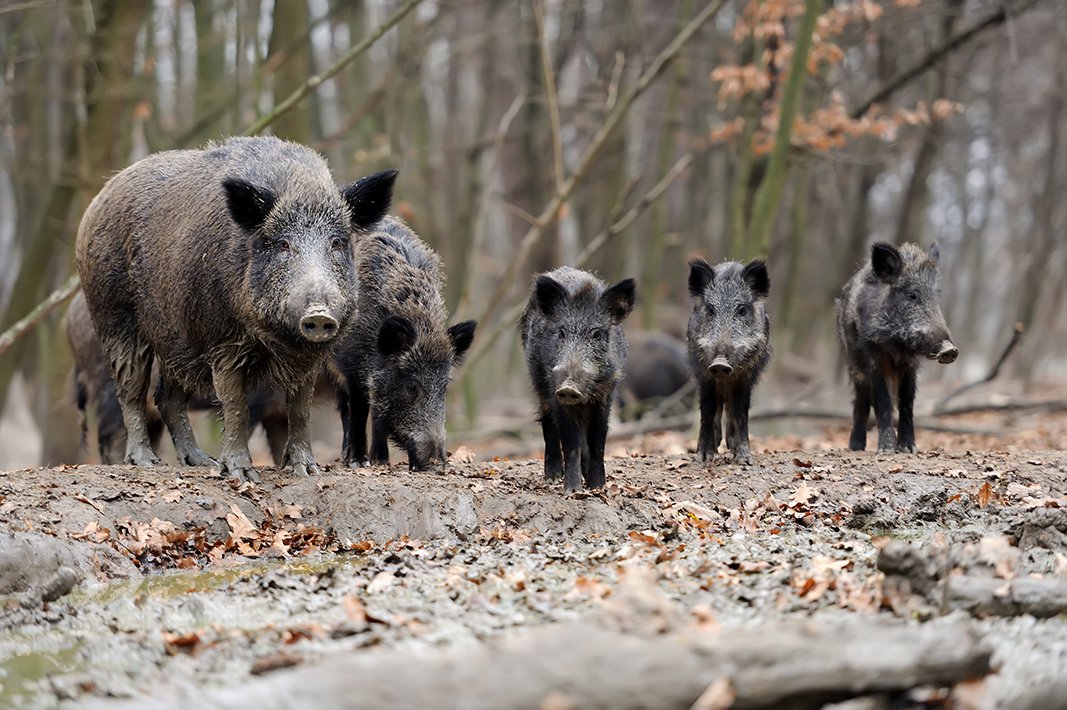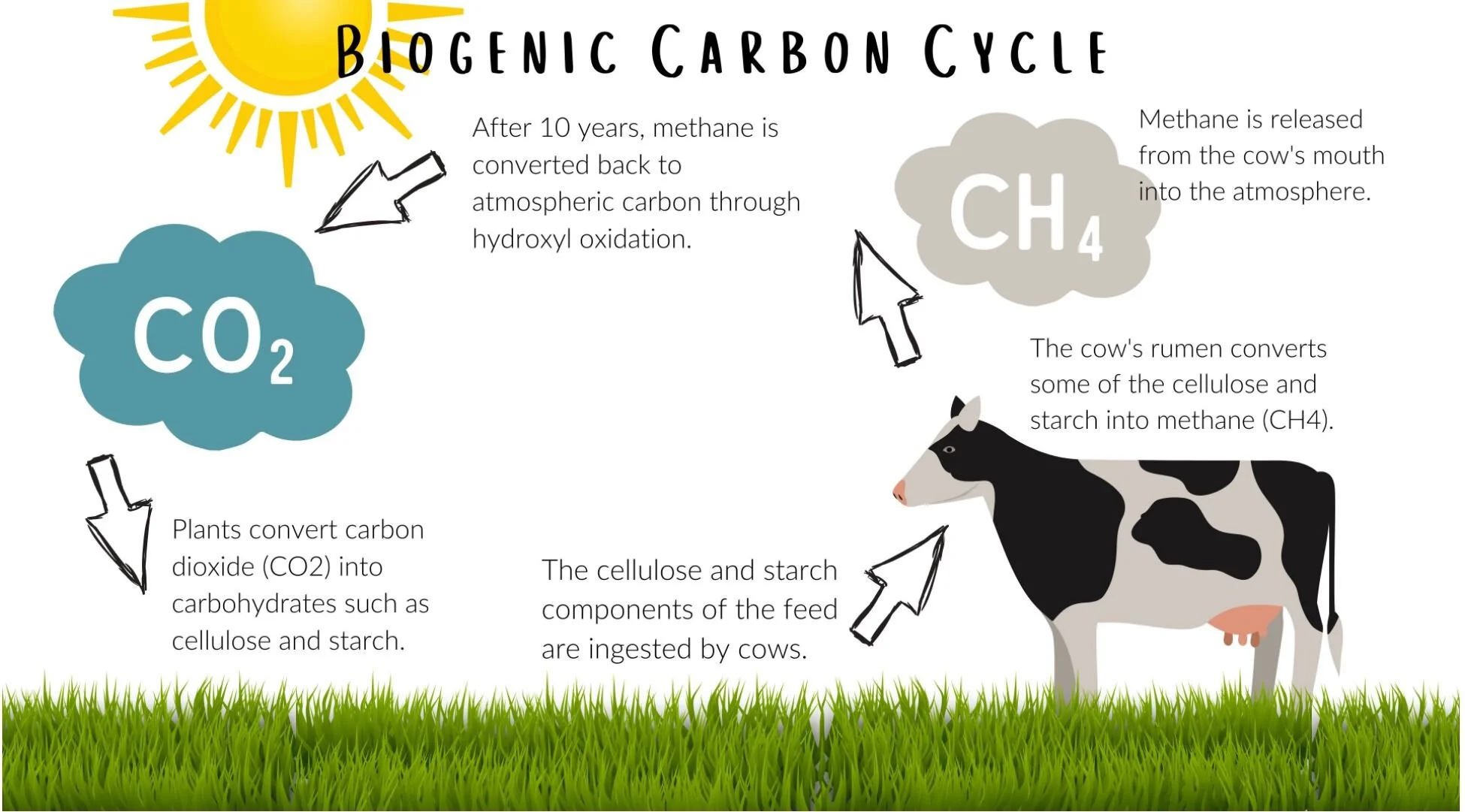High School Science
MIDDLE SCHOOL SCIENCE: Students will gain a deeper understanding of how the pig, as a natural resource, can be used to aid in the needs of humans as our populations grow.
MIDDLE SCHOOL SCIENCE: Students will review information on how the traits of pigs have changed over time due to human influence. This includes the most recent genetic modification of pigs for xenotransplantation.
MIDDLE SCHOOL SCIENCE: Students will learn how adaptability and other factors led to feral pigs becoming an invasive species in the Southern United States through a population simulation.
Intermediate Science: Students will learn the different parts of the farm ecosystem and discuss what happens when one or more parts are missing.
Intermediate Science: Students will model the food chain from the sun to decomposers using producer and consumer examples that are found on a farm.
Intermediate Science: Students will investigate what soil types are best for a given crop.
Intermediate Science: Students will understand how plants (cover crops) on the farm prevent soil erosion and filter water.
Intermediate & Secondary Science & Engineering: Students will explore how to best care for animals, then create a modern pig barn where the animals’ needs are met in a safe and comfortable environment.
Students will explore concepts of heredity in beef cattle and identify dominant and recessive traits.
This 60-minute documentary features innovative farmers and soil health experts from throughout the U.S. Accompanying lesson plans for college and high school students. It starts with a reminder of the Dust Bowl and how today’s farmers are improving soil health.
Secondary Agriculture, Foods: Our mission is to prepare students for a specialized job in poultry husbandry and processing upon graduation.
In this lesson, students will follow the farm to fork process of producing beef, learn how cattle and other ruminants convert grass into nutrient-rich foods such as milk and meat, discover ways cattle recycle food waste, and identify careers in the beef cattle industry.
Students will explore the carbon cycle and evaluate the carbon footprint of cattle. Using critical thinking skills, students will use the Claim, Evidence, and Reasoning model to determine the effect of cows’ methane production on the environment and investigate the extent cattle contribute to climate change.
Students will develop an understanding of why certain geographical areas in Kentucky provide better habitats for breeding and raising horses, how weather events contribute changes on the earth’s surface, how weathering and erosion can leak calcium carbonate into the ground water for animal consumption, and they will construct an argument based on experimentation that limestone in Kentucky’s soil is released into the water through the process of weathering and erosion.
Ethanol is a common alcohol made by fermenting the sugar and starch components of renewable plant materials by using yeast. Humans discovered ethanol not long after they figured out how to put fire to good use.
Biodiesel is a renewable, clean-burning diesel replacement made from a diverse mix of feedstocks including recycled cooking oil, plant oils (primarily soybean oil), and animal fats.
Students will learn about the cycle of water—the important processes of accumulation, evaporation, condensation, and precipitation, and what causes water to move throughout the earth and its atmosphere.
Students will learn how soil is the foundation of food and other materials that help people live. They will also learn the components of soil, uses and properties, and describe the role soil plays in a healthy ecosystem.
GRADES 6"+ - Students will 1) Identify the various parts of the water cycle, 2) Identify and explain how groundwater is created, 3) Design and construct an earth system model that will create groundwater.
We have had several requests to provide a list of resources to help students navigate both sides of this controversial issue. Since we believe it is fairly easy to find anti-GMO articles and videos, this page provides sources we feel provide a balanced approach to discussing the issue.
There’s More
Journey 2050 is a FREE agriculture education program that challenges participants to answer, “How will we sustainably feed nearly 10 billion people by the year 2050?” This is a wonderful resource for your middle or high school science, social studies, or agriculture classroom. View the webinar, then visit the site.

STEM Learning Challenge
The Purple Plow engages students in creating solutions for real-world, complex issues related to agriculture.
Nourish the Future is a national education initiative developed by science teachers for science teachers. We want to inspire a network of educators to foster critical thinking, connect students to modern agriculture, and provide sound science-based resources that meet teachers’ and students’ needs in the classroom.






















